Originally published at: https://www.naturephotographers.network/articles/peripheral-landscapes/
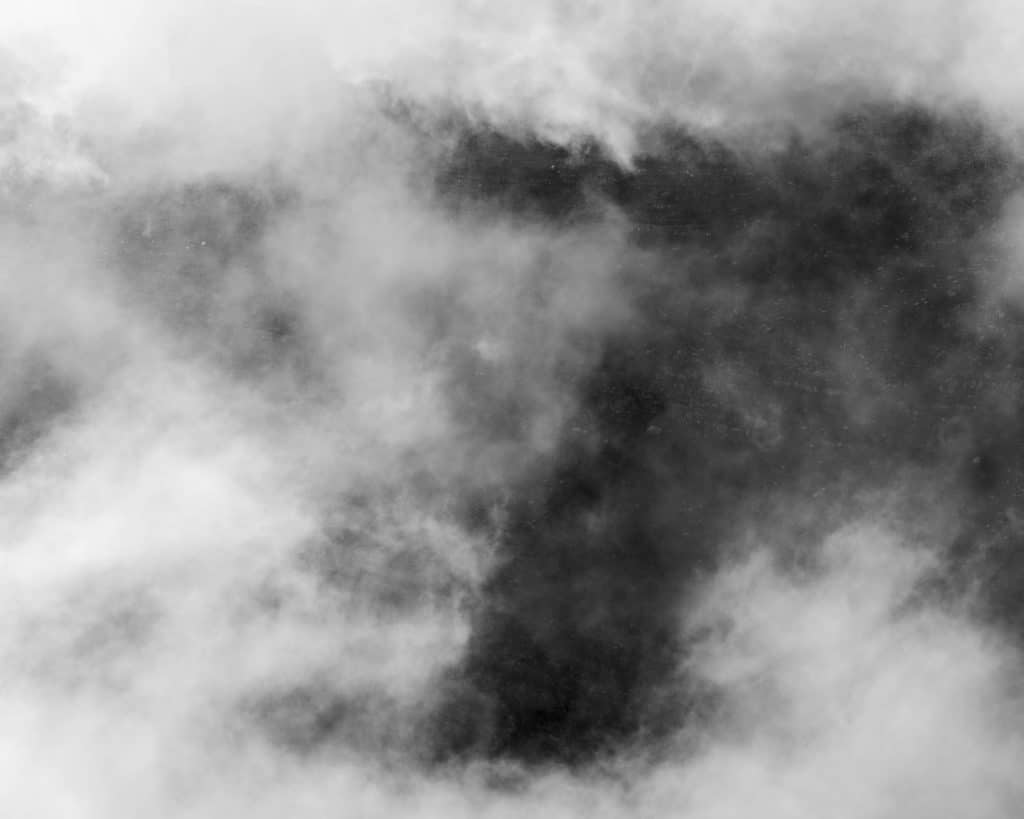
Perception
Arguably more so than any of our other senses, we live in a highly visual world. Our vision is a constant feed of information. Even when our eyes are closed, we still see the blackness of our own eyelids; light reflects back and forth between our eyes and the objects of our attention. Photography as a visual medium is, therefore, tethered to sight.
I would like to hone in on this key relationship by slightly expanding its scope: the act of photography is intrinsically linked to our perception. Perception is both a visual and ontological heuristic for interacting with the world around us. It is the experience of being perceived and perceiving at the same time. At the heart of today’s article is the exploration of this reciprocal relationship with the world around us that extends beyond sight and into the metaphysical and ineffable. Perception manifests itself in many forms. For me, it is most often the feeling of harmony with my surroundings – that there is no place I’d rather be in that moment. At other times, it is simply a mindset of curiosity and the openness for something to grab my attention, such as when I spot something out of the corner of my eye. However, this phenomenon is often not conscious, and for most people, probably far from familiar. It exists on our peripheral, waiting to be noticed.
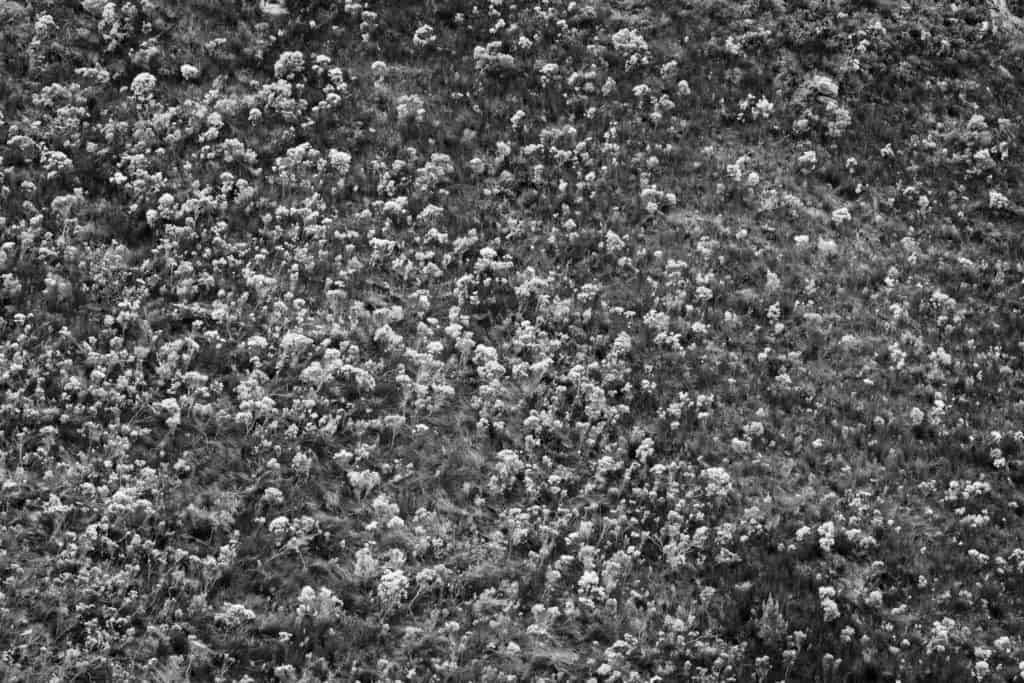
How do we engage a perceptive agency that is out-of-sight? The concept of perception necessitates that we are both a part of the world and in the world at the same time. That is to say, our experience of the visual world is that when we see, we are being seen simultaneously. There is no border between these two states, rather they exist as a single continually oscillating experience. Why is this important? It is a philosophical shift away from an extractive attitude to one of synthesis. It is a recognition that humans are a part of nature rather than owners of it. To engage this mode of being though, we must surrender ourselves to a conversation with nature and listen for its reply. Through my experiences in nature with a camera, I believe that being curious about the world around us, being ready to experience that which lies just out of sight, can lead to increased creativity in our image making. We open ourselves to becoming attuned to how the landscape works and its finer details.
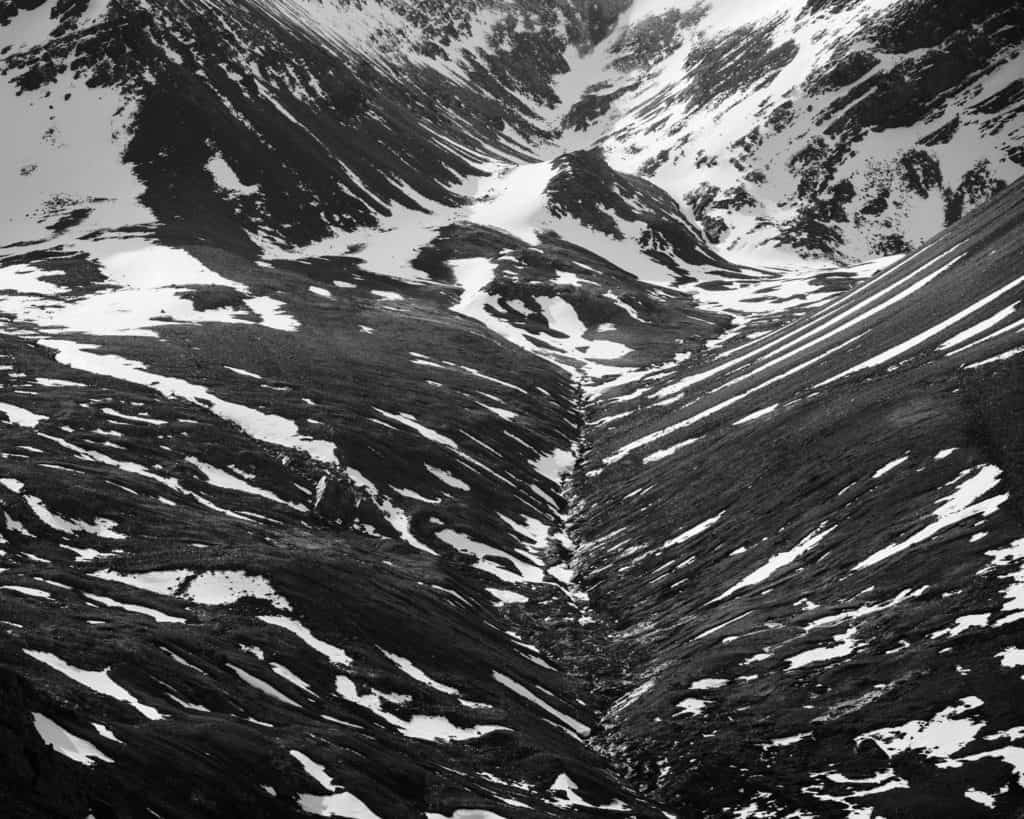
As we begin to discuss how the periphery functions in the creative process of photography, an interesting relationship begins to unfold between our ability to be evaluative and to be instinctual. As Nick Becker explains in his article What Neuroscience Tells Us About Creativity, “creativity comes from the sophisticated interplay” between cognitive intentionality and the subconscious network of idea generation.* Often these two states exist independently, but the true magic happens when they are able to act symbiotically. This is part of what makes experiences in the wild so powerful: when we are stripped of the distractions of modern life and (most) of the technology that comes with it, nature unlocks our ability to do both of these things at the same time. When climbing a mountain or exploring a woodland we are faced with countless micro-decisions. It could be extreme conditions, route finding, or a simply unique smell that catches your attention. Nature has a way of bringing us to the moment at hand. My most life-fulfilling experiences, and subsequently my best images, are always when I am able to interact in a meaningful way with the world around me. Photography to me has become all about this translation of my relationship and experiences with nature into a photographic expression.
By contrast, modern life seems almost designed to enforce tunnel vision. I can see it in the ever rising popularity of “grind culture” where one particular focus (often monetary) dominates everything one does. The disconnection of cities from nature and the open-plan panopticon office layout of the typical tech startup are yet more urban examples. So, what exactly are “Peripheral Landscapes” then in this context? They are quite simply the result of being open to encounters beyond our horizons. The practice of photography for me has always been a rich way to build a relationship with the natural world. It has provided me with a greater feeling of balance in my life. I truly believe that experiences in nature have the power to re-ground people with who they truly are.
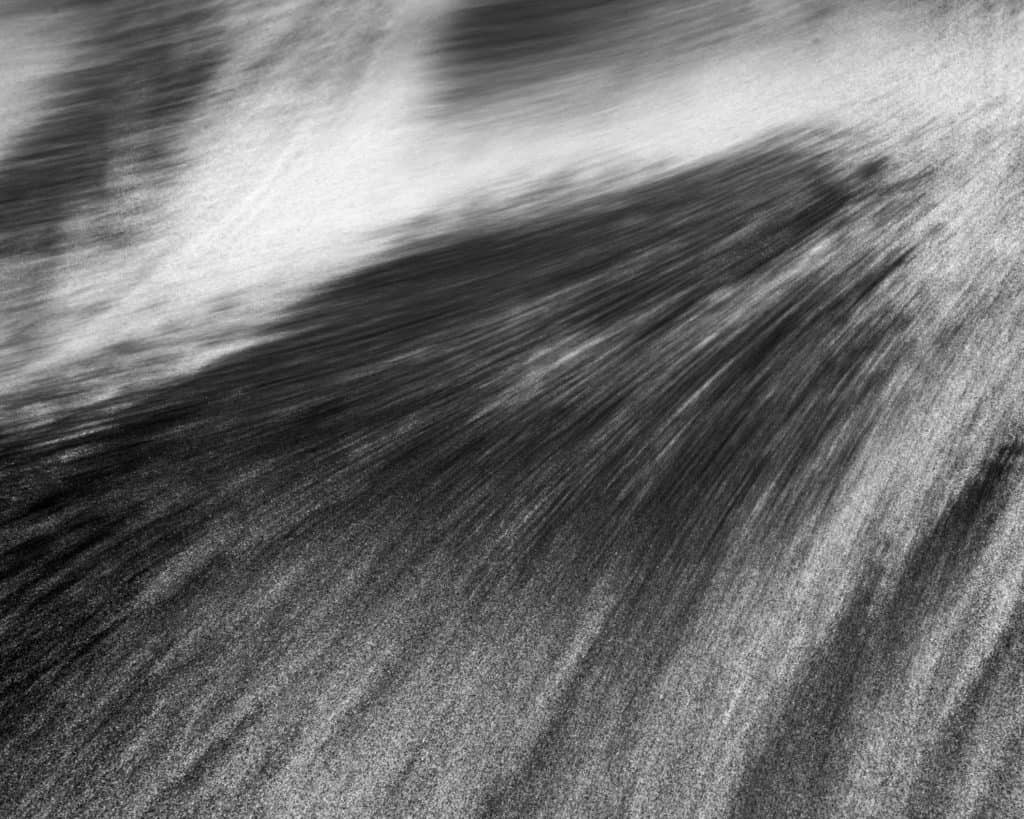
The Periphery
Peripheral, referring to the outer limits, edges, or margins, comes from the Greek origin periphereia (revolving-around), or circumference. The word is rooted in the geometry of the circle – as in our peripheral vision, the edges of the circular image our eyes capture. There are many parallels between the eye and photographic lens mechanics, as well as many differences. Both project a circular image, but in photography, we choose to only capture a rectangular portion of the projection, effectively cropping out the periphery. It might seem obvious – these are the fundamental mechanics of how a camera works – but I think this nuanced perspective is largely overlooked. This very fact means that the viewer is forced to unconsciously imagine what may lie in these peripheries. Imagine a tree trunk placed on the edge of the frame; our mind immediately envisions the rest of the tree (and often larger than in reality). The same could be said about including or excluding horizon lines – the viewer must conceptualise where up and down are. Peripherals suddenly become not only an artistic, but also an ethical question of whether the photographer reveals what lies beyond the frame or not.
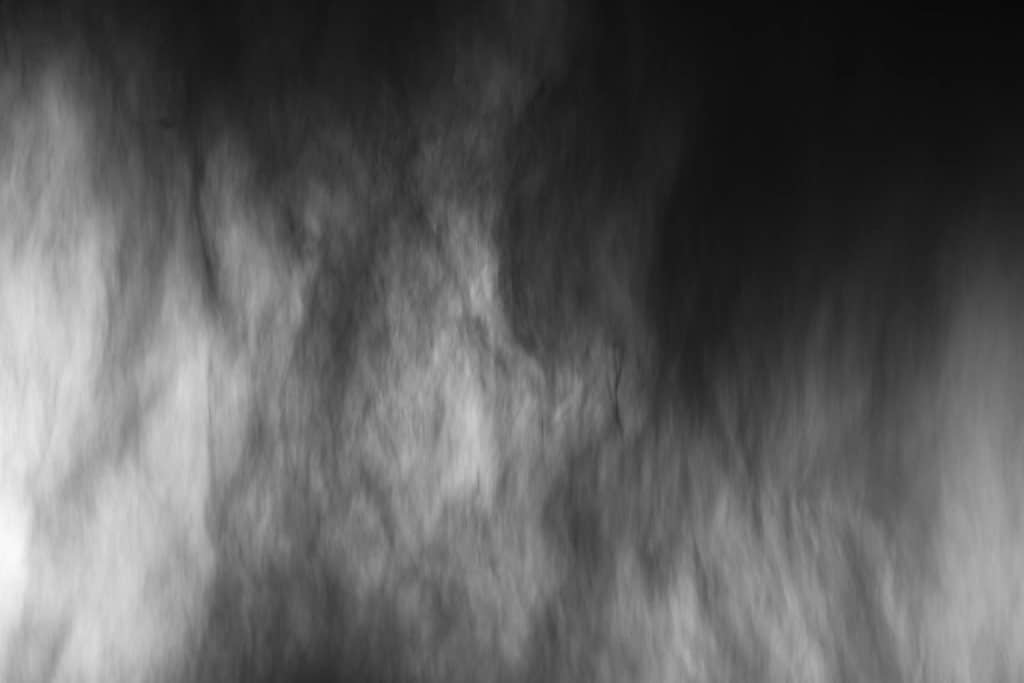
There are a number of other discrepancies worth noting. The photograph has sharp borders and corners, where the final image starts and stops. This static edge defines in absolute terms what is in, and out, of the picture. Our vision, contrastingly, is far less rigid. For one, we don’t crop our vision to a rectangle. It is also constantly moving, and so the borders of our world shift endlessly. We also use two eyes to see depth, thanks mainly to stereoscopic vision. This also means our vision is not in sharp focus from front to back (an obsession for many photographers). While the curved shape of the eye arguably captures better corner sharpness, our attention must be focused on the corners to bring them into focus. The periphery is a blurry penumbra that slowly fades at the edge of our vision, partly in focus, partly out of focus. These differences make the translation of our lived experience into image all the more difficult.
The edges of our photographs, and what lies outwith them, should therefore be highly considered. Indeed, the disparity between the way we see and the way an image is rendered actually creates opportunity for the photographer. Charles Cramer gives a brilliant example of this in his lecture during the On Landscape Meeting of Minds Conference 2016: our retinal cells are biologically hardwired (the centre-surround receptive field) to notice things on the periphery. The centre weighted on-receptors overpower the surrounding off-receptors when light is on the edge of our retinal cell. Cramer goes on to postulate our eye’s biological link to survival. It is necessary that we see things in our periphery that may be of harm to us first (a charging animal for instance). It’s no wonder that edge distractions are just that.
The periphery should therefore be considered a rich ground for creativity. Every photo suggests what is out of frame, out of sight. It is where we as artists can leave things open to interpretation, perhaps suggest the unusual or the uncanny. We have the opportunity to re-blur the edges of our photographs. What is included or excluded can be of paramount importance and shift the entire interpretation of an image. To the viewer, the edges of our photos hold the infinite potential of all the possibilities that lie outside the frame. The creative power of the periphery is therefore that images can imply complex relationships with their excluded surroundings: geological processes, the effects of time, the expanse of a location, etc.. Indeed, there is potential for the gap between a series of images to link together into ever more intricate narratives. Uncertainty and space leaves room for imagination.
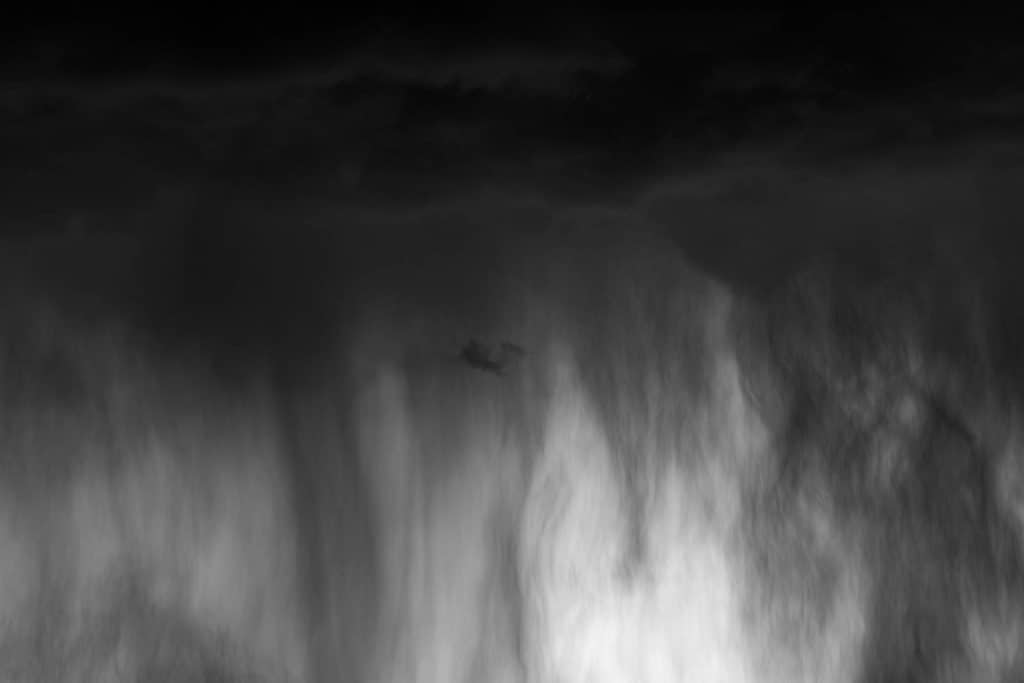
What I term the “ground glass effect”, the visual aid of inverting an image, as on the ground glass of a large format camera, highlights the impact of edge distractions. When we do this simple exercise with an image, we no longer recognise form as symbolic of objects, rather we see shape and flow for what they are. Anything along the borders that disrupts the flow of the image immediately becomes obvious.
The periphery is also a compositional tool that builds relationships between elements in a scene. We can extend the border of the photograph by having elements that flow into or out of frame; this helps move the viewer’s eye and creates dynamism. Similarly, we can create movement within the photography by the use of negative and positive space, figure-ground, and other such formal devices. Placing elements very close to the edge can create tension.
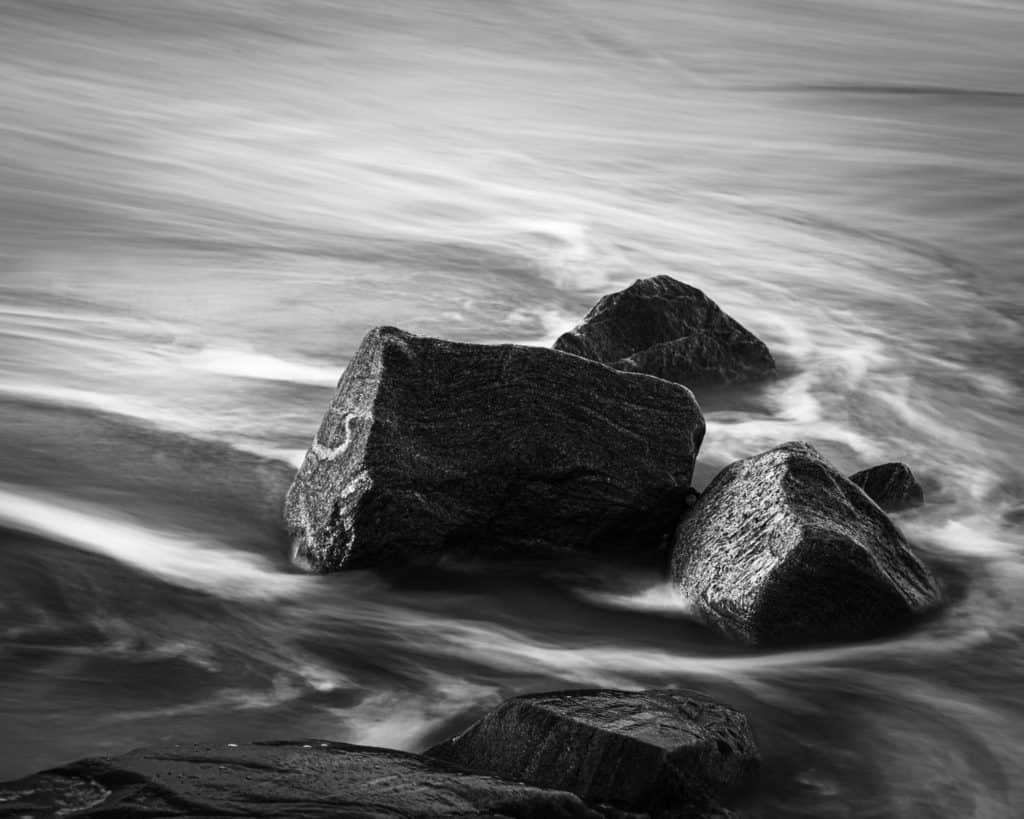
Our vision is also tied up in other senses. We see texture and can imagine how it feels; likewise we have a memory of how food tastes that is keenly linked to the way something looks and smells. Blurring the borders of our images (metaphorically, or maybe even literally) and allowing the participation of the imagination to enter the dialogue is perhaps how one might begin to suggest other senses in a photograph. Photographs can often suggest feelings of humidity, cold, anger, and serenity. A clear example of this is the associations often made with colours – blue and red are perhaps the most obvious. A similar thing might be said of different qualities of light. I often find that fog seems to melt the borders away, or perhaps more eloquently the borders are “dissolving in light,” as both John Blakemore and Joe Cornish have both said regarding blooming highlights.
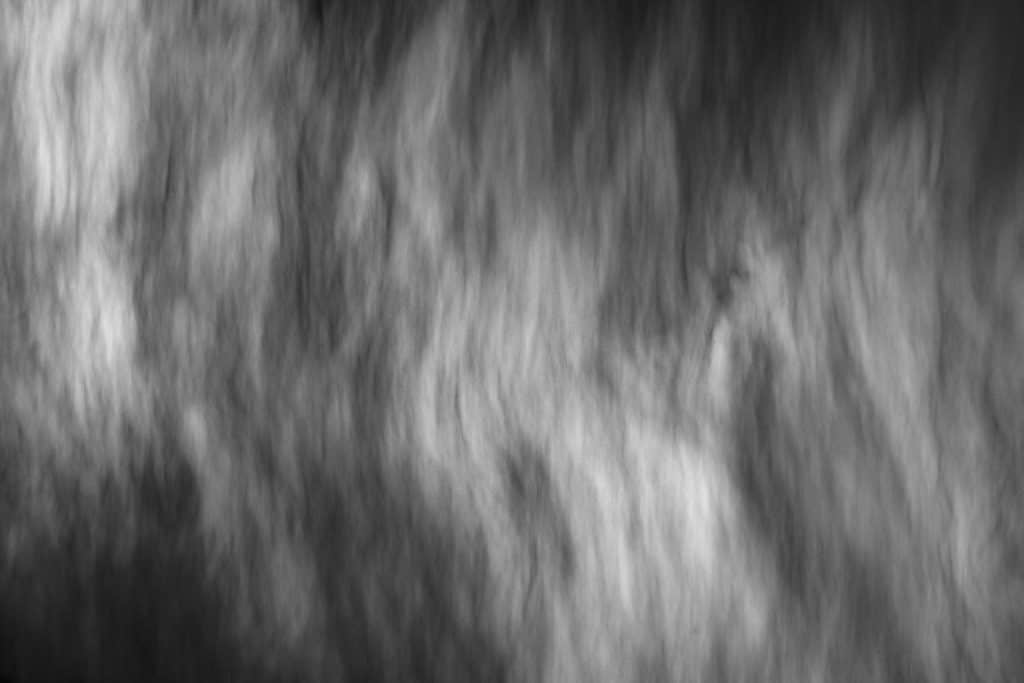
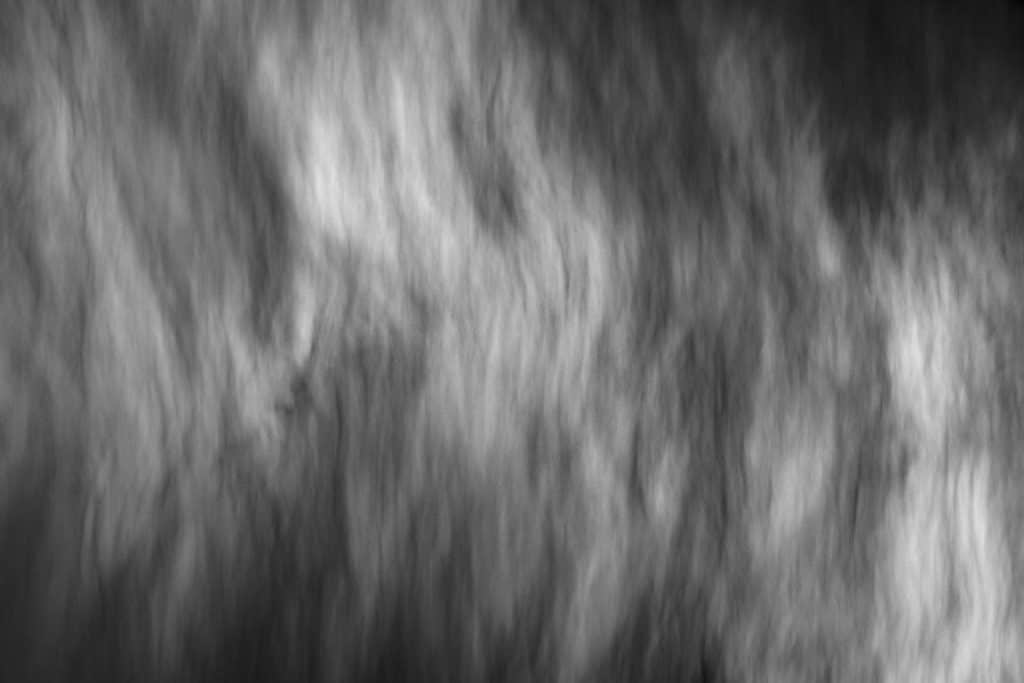
Oscillating between Intuition and Intention
To bring this back to the metaphysical, in order to stimulate photographic creativity while interacting with the peripheral world we must engage in a careful balance between intuition and intention. We must look intently at the world around us and yet be open to all possibilities with an almost child-like curiosity. These may seem to be dualistic or opposing concepts at first glance – how can one be intuitive and intentional at the same time? But, it is the simultaneous confluence of these processes that allows one to be both in the world and of the world, and hopefully to capture that experience in a photograph. For me, these two modes of being are ways of seeing beyond our horizons in order to step out of my comfort zone and try something new.
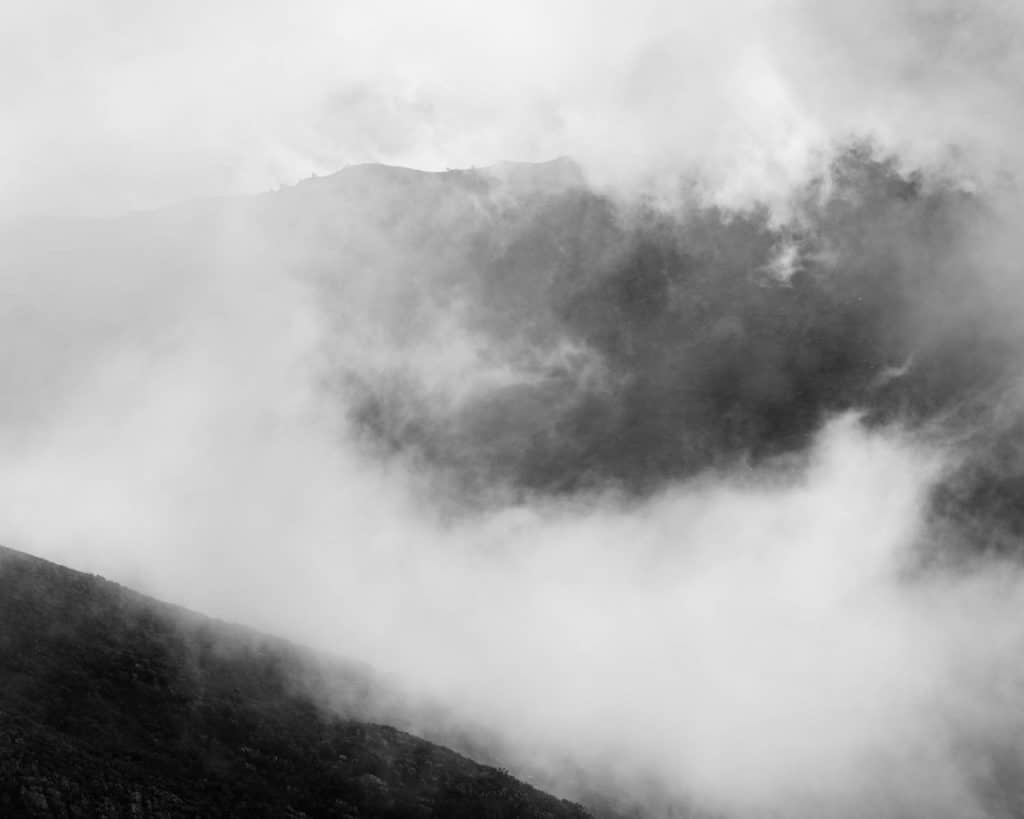
It would be amiss of me not to mention that there is a whole field of modern philosophy dedicated to our experience of consciousness and perception termed phenomenology. Georges Didi-Huberman is one such philosopher who, in a lecture at The European Graduate School, discusses the intriguing concept of the glimpse. He compares two versions of fast-moving visual imagery. “Glimpses” occur in the time of pure passing, just out of reach, and only remain in our mind’s eye as an after-image; whereas by contrast, “glances” occur in the now, as an instant of intuition, an action of being in the present moment. There is a fascinating tension between these two notions and parallels immediately appear to the aforementioned intuition and intention. Glimpses appear to be intuitive, happening almost by surprise. Glances, on the other hand, require a certain level of participation, intention, and curiosity.
Glancing and glimpses, visual counterparts of intention and intuition, allow for a way into the rich peripheral world. They are born out of a curiosity for life. Photographing the peripheral, therefore, demands a participation between us and the world.
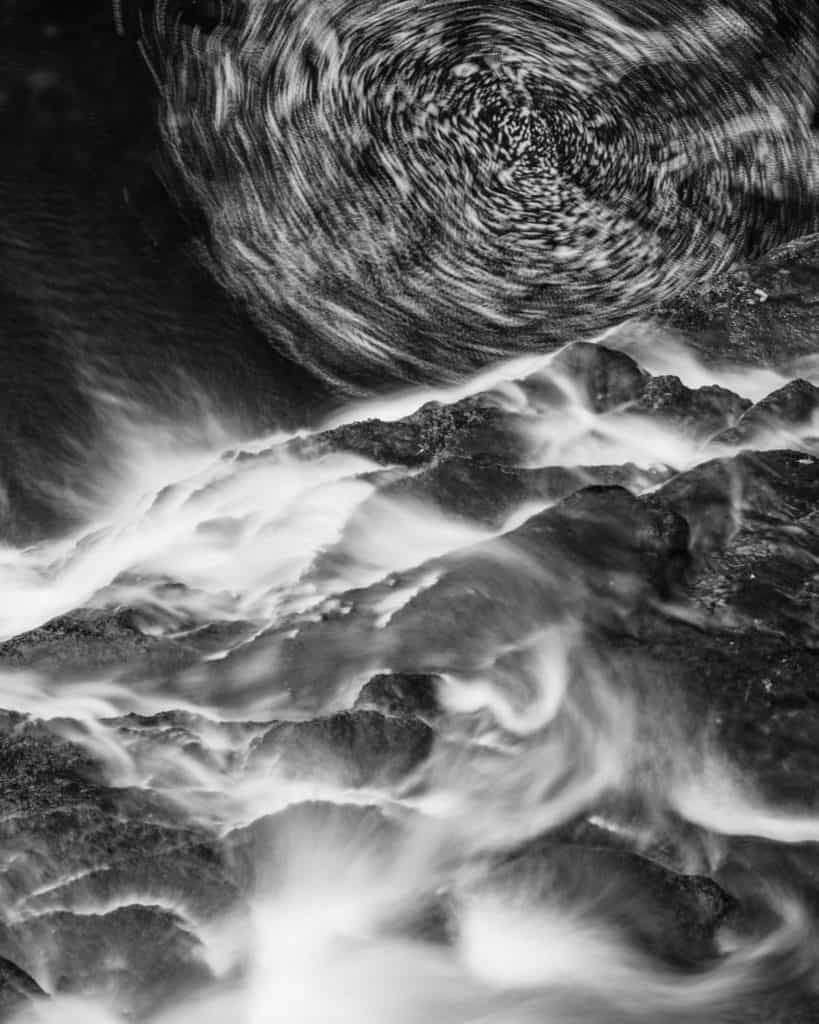
Conclusion
At its essence, the peripheral allows us to understand that a single photograph can never contain an entire landscape. Our experience of the world is too complex to distil into a 2D rendering. What I hope to achieve in my photography is to hold a small moment of this experience, with the recognition that others will likely see something entirely different. Photos exist beyond their edges. I find my aesthetic and philosophical direction edging further towards the complex, abstract, and peripheral, hoping to invite mystery and interpretation into my work.
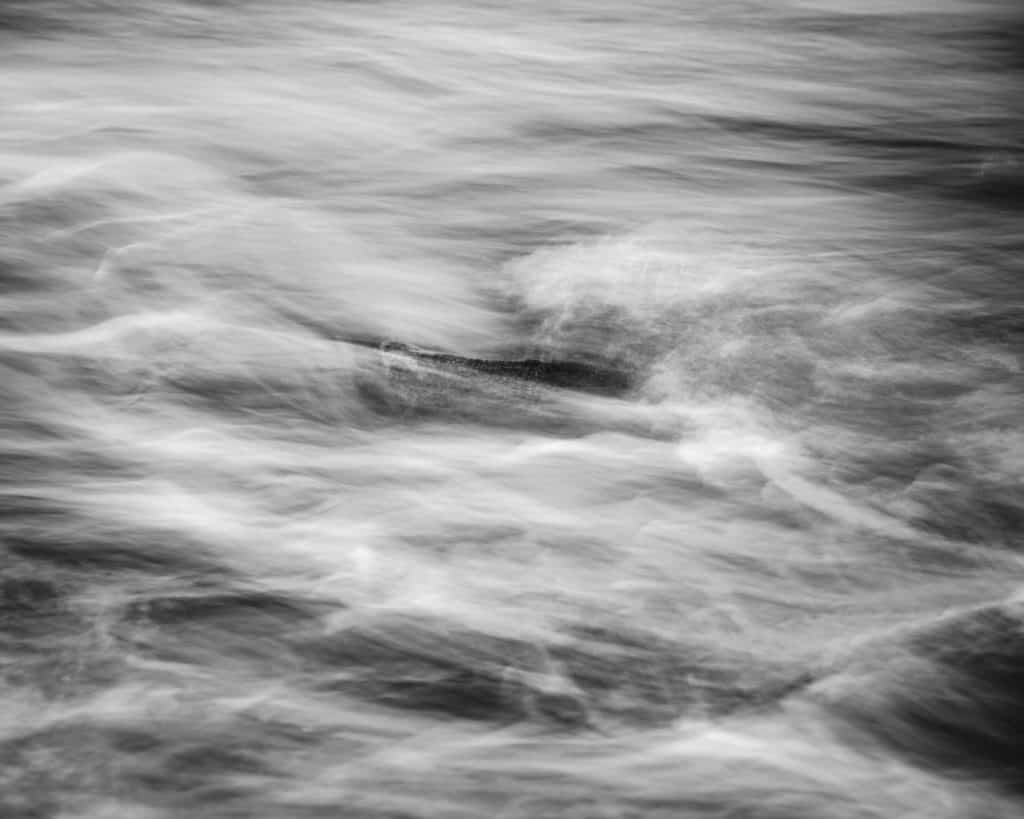
Turn off Notifications for Articles
If you prefer not to receive notifications about future articles, please click here to modify your notification preferences. You can remove any tags you do not want to be notified about under the Watching First Post section. These are broken down by genre, so if you only want to get notifications about landscape, macro, etc., you can do that here.
